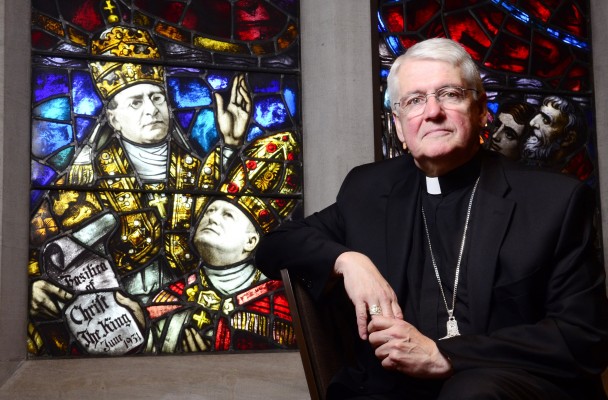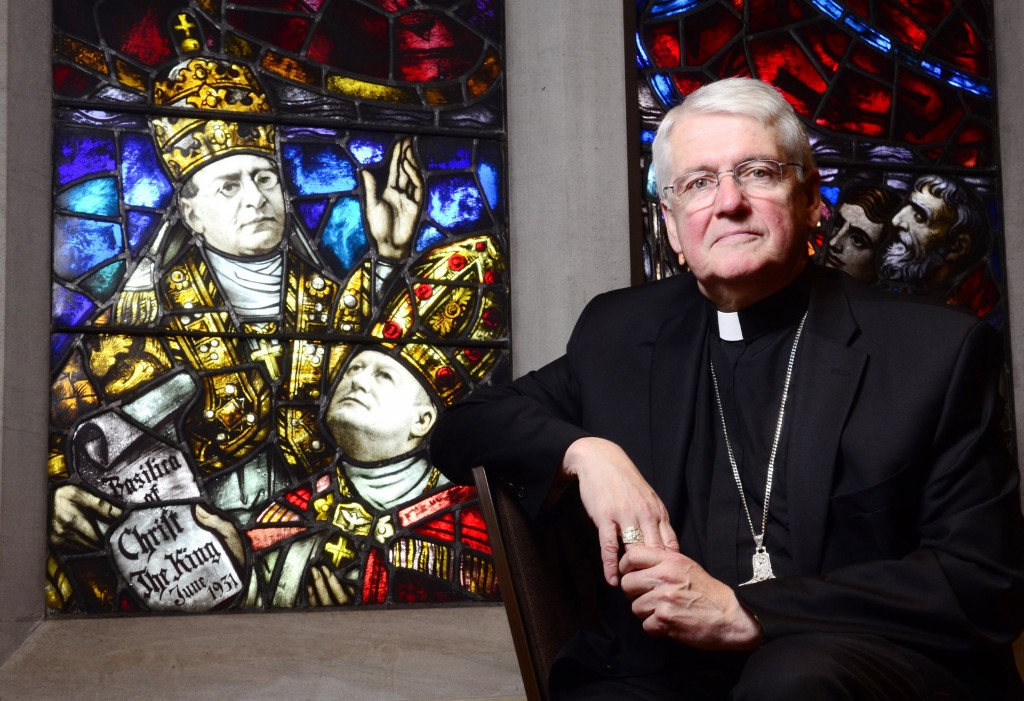Catholic Church continues to flourish

Tough decisions when congregations have dwindled.
Immigration the key factor, experts say, along with the church institution.
By Teri Pecoskie
It’s no surprise that some religions are booming in Hamilton.
But Roman Catholicism?
For the layperson, the religion’s continued growth may come as a shock. Yet the numbers don’t lie:
The Catholic Church is big in this city — bigger than ever.
There are around 235,000 Roman Catholics in Hamilton, Burlington and Grimsby, according to the latest National Household Survey. That’s the largest figure on record for the area, and more than every other religious group combined.
“Everyone talks about immigration and they think of Muslims or Sikhs or Hindus, but the religious community that benefits more in terms of raw numbers from immigration is the Roman Catholic Church,” says David Seljak, chair of the religious studies department at St. Jerome’s University in Waterloo.
“Tamils and Filipinos, Vietnamese and Chinese, African Catholics are coming and remaining part of the community here.”
It’s not just the number of faithful on the rise. The Spectator also found that, unlike their Protestant counterparts, more than half of the city’s Roman Catholic churches have increased their membership over the last 30 years — in numerous cases by thousands of congregants.
The trend isn’t expected to change anytime soon.
Reginald Bibby, a sociology professor at the University of Lethbridge, says national projections point to the continued growth of Roman Catholicism in the coming years — a reminder that for large numbers of people, “religion remains significant.”
But why is that, particularly when the number of non-religious in Hamilton is at an all-time high?
Like Seljak, Bibby points to immigration as the key factor. Birth and marriage into the religion also play a supporting role.
Other experts point to the less tangible.
“The way they disciple their people is very rigorous,” says Lee Beach, an assistant professor of Christian ministry at McMaster Divinity College. Roman Catholic schools, youth groups, charities and so on, allow religious doctrine to be reinforced at almost every turn.
“It just gets in you so much that even if you want to get it out of you, you can’t,” he says.
(Listen: Lee Beach, an assistant professor of Christian ministry at McMaster Divinity College, on why people get attached to church buildings, regardless of whether they’re religious.)
There’s also the fact that the institution is central to the church in a way that it isn’t in other religions, like Protestantism. Catholics centre their faith and their doctrine much more squarely on participation in the institutional church, says Beach — “that’s part of the reason it hasn’t seen the hemorrhaging.”
Though the church is at no risk of bleeding out, there have been challenges. The Most Rev. Douglas Crosby, bishop of the Hamilton diocese, says he, too, has had to make some tough decisions in cases where congregations have dwindled.
Take Holy Family. When the numbers got low, the small east end church opened its doors to a Vietnamese parish that had outgrown its former home. Now both parishes operate out of the nearly 100-year-old building at the corner of Cannon Street East and Kenilworth.
Yet with some Roman Catholic parishes counting more than 10,000 members these days, it’s clear Holy Family is an exception rather than the rule.
“I think faith is being nurtured and people are coming to church,” Crosby says. “It’s strong. Probably stronger than people even know.”

You must be logged in to post a comment.